Search results8 results
COLLECTION
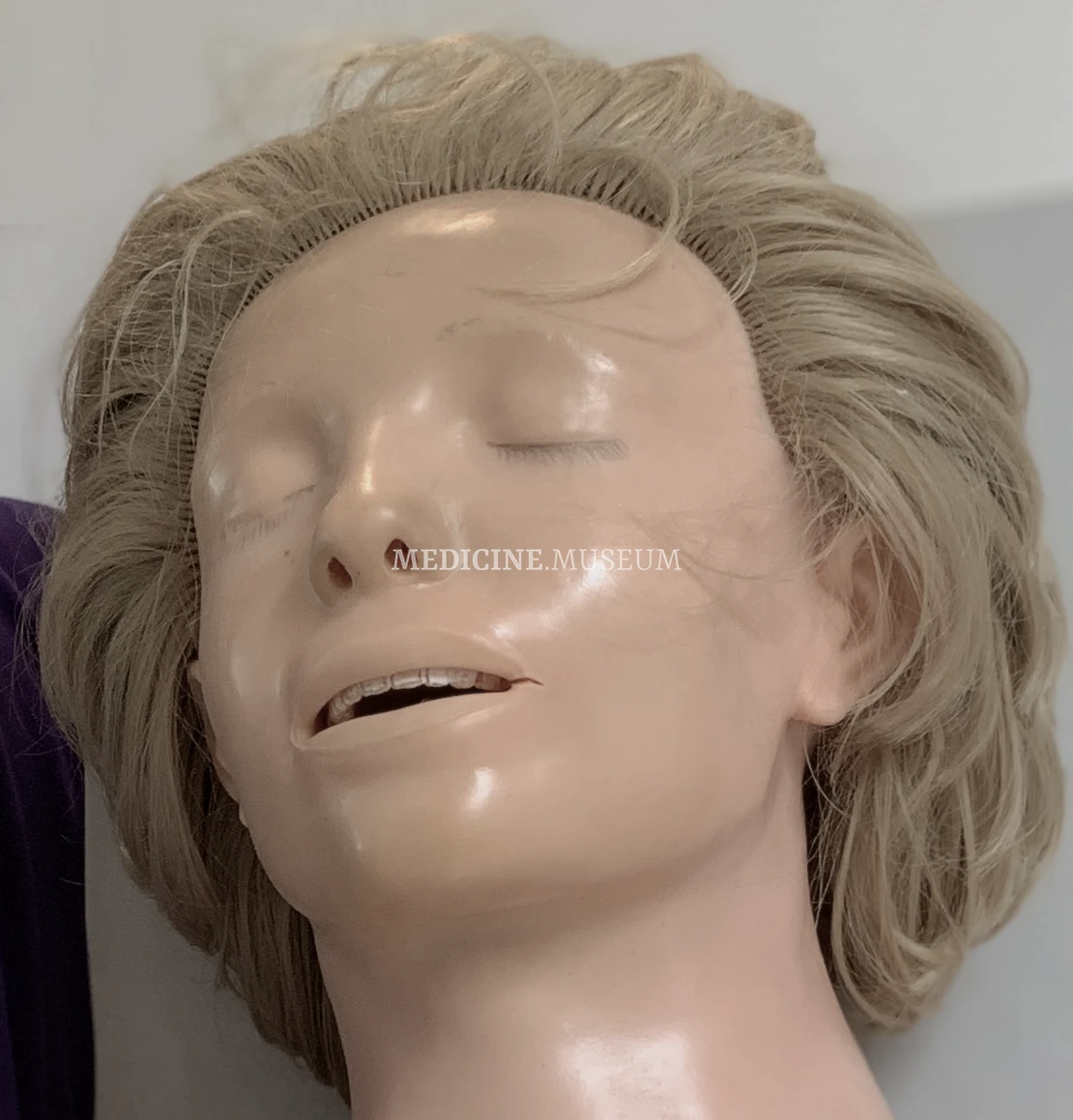
Norway, 1965
Anatomic Anne, a manikin for the mouth-to-mouth respiration and chest compressions training, a sister-product of the globally known Resusci Anne CPR training torso invented in the 1960s by Åsmund Lærdal, Norwegian entrepreneur.
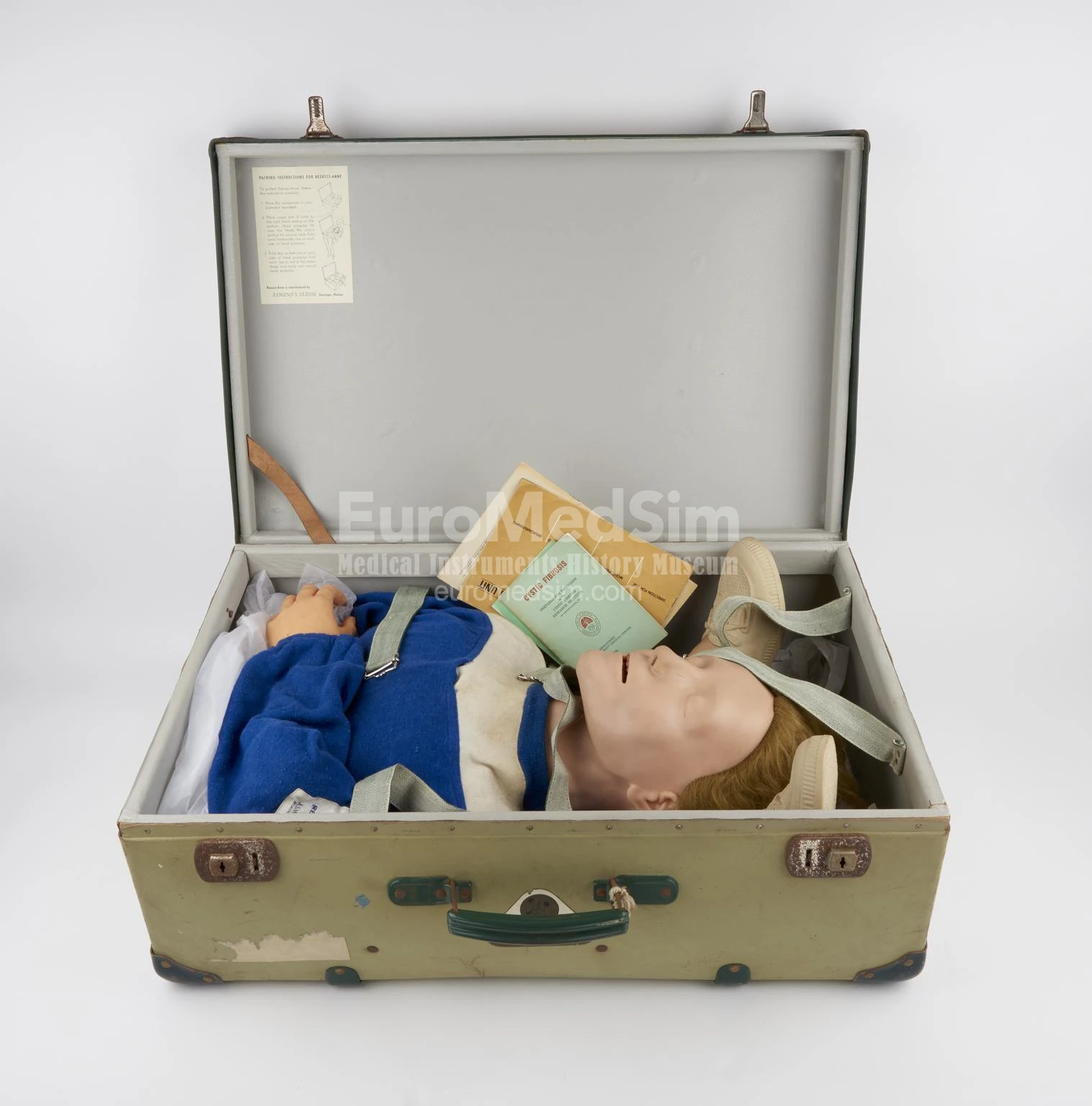
Norway, 1965
Resusci Anne, a globally known training manikin for the mouth-to-mouth respiration and chest compressions training. This Cardio-Pulmonary Resuscitation (CPR) educational tool was invented in the 1960s by Åsmund Lærdal, Norwegian entrepreneur.
LIBRARY
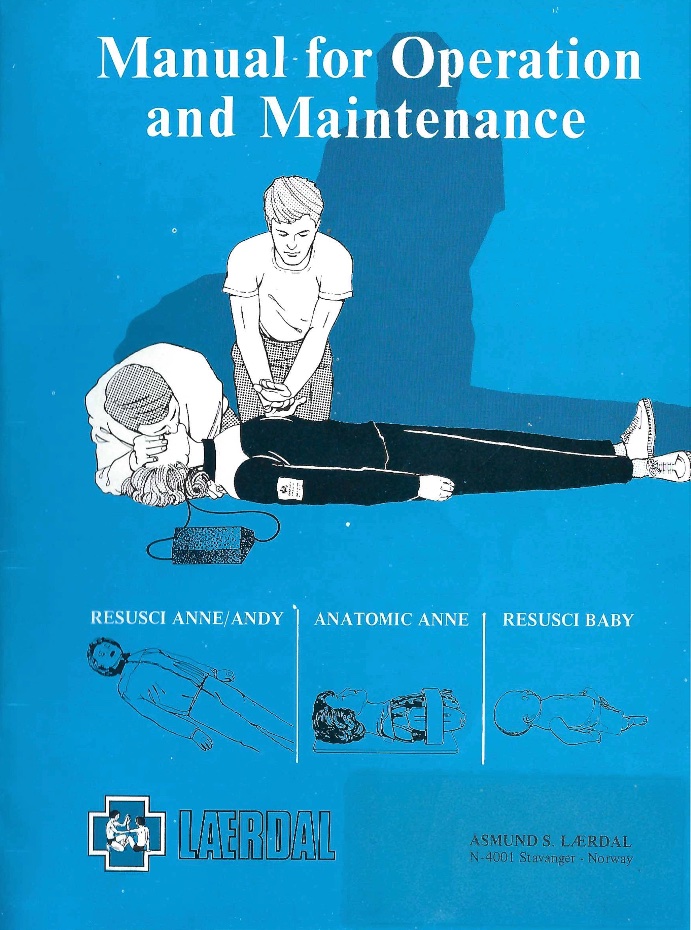
Norway, 20 C. 2 half
Lærdal, Åsmund
Manual for Operation and Maintenance for the manikins Resusci Anne, Andy and Baby, and Anatomic Anne by the firm Laerdal, Norway
PEOPLE
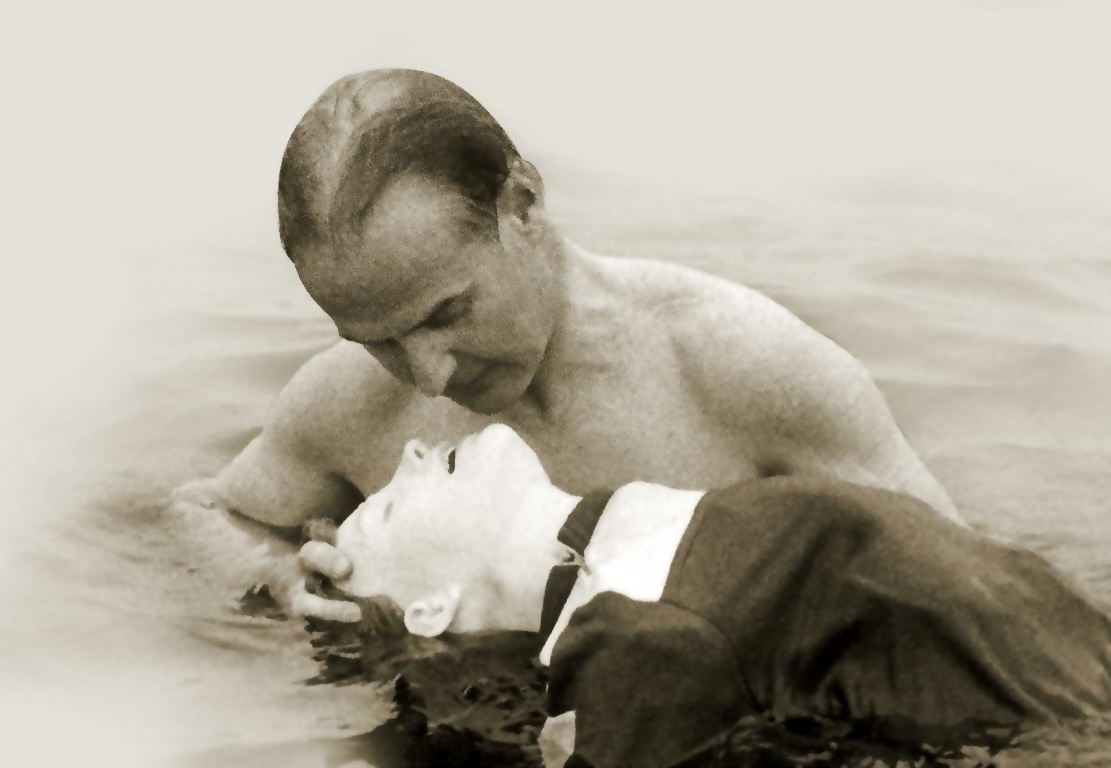
Åsmund S. Lærdal (Asmund S. Laerdal), a Norwegian entrepreneur and humanitarian, made significant contributions to emergency medical care by creating Resusci Anne, the first realistic CPR training manikin, in 1960. Laerdal's work revolutionized resuscitation training and later entire medical education. He founded Laerdal Medical, a company that continues to innovate in medical simulation, helping millions worldwide learn life-saving skills and reducing fatalities from emergencies.
FIRM
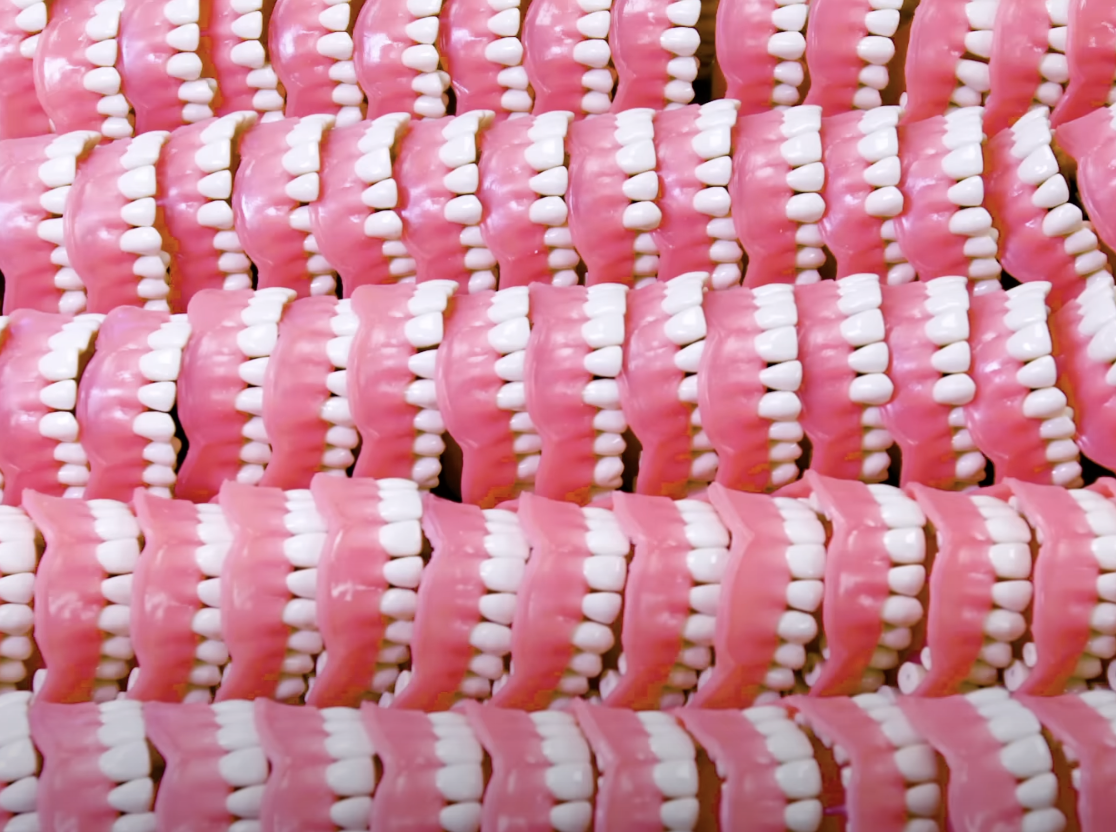
USA, New York
Columbia Dentoform, established in 1917 by Ben Spitzer, a Columbia University Engineering School graduate, began as the Columbia Dental and X-Ray Company in Manhattan, New York. Initially, the company provided x-ray equipment for dental offices and sold articulators and attachments to dental laboratories. Ben Spritzer In 1917, it introduced metal typodonts—his first phantoms for dental teaching and practice. Today, as part of the DentalEZ family of brands, Columbia Dentoform continues to develop and provide high-quality simulation products, maintaining its commitment to improving the instructional process and learning experience for dental students globally.
MUSEUM
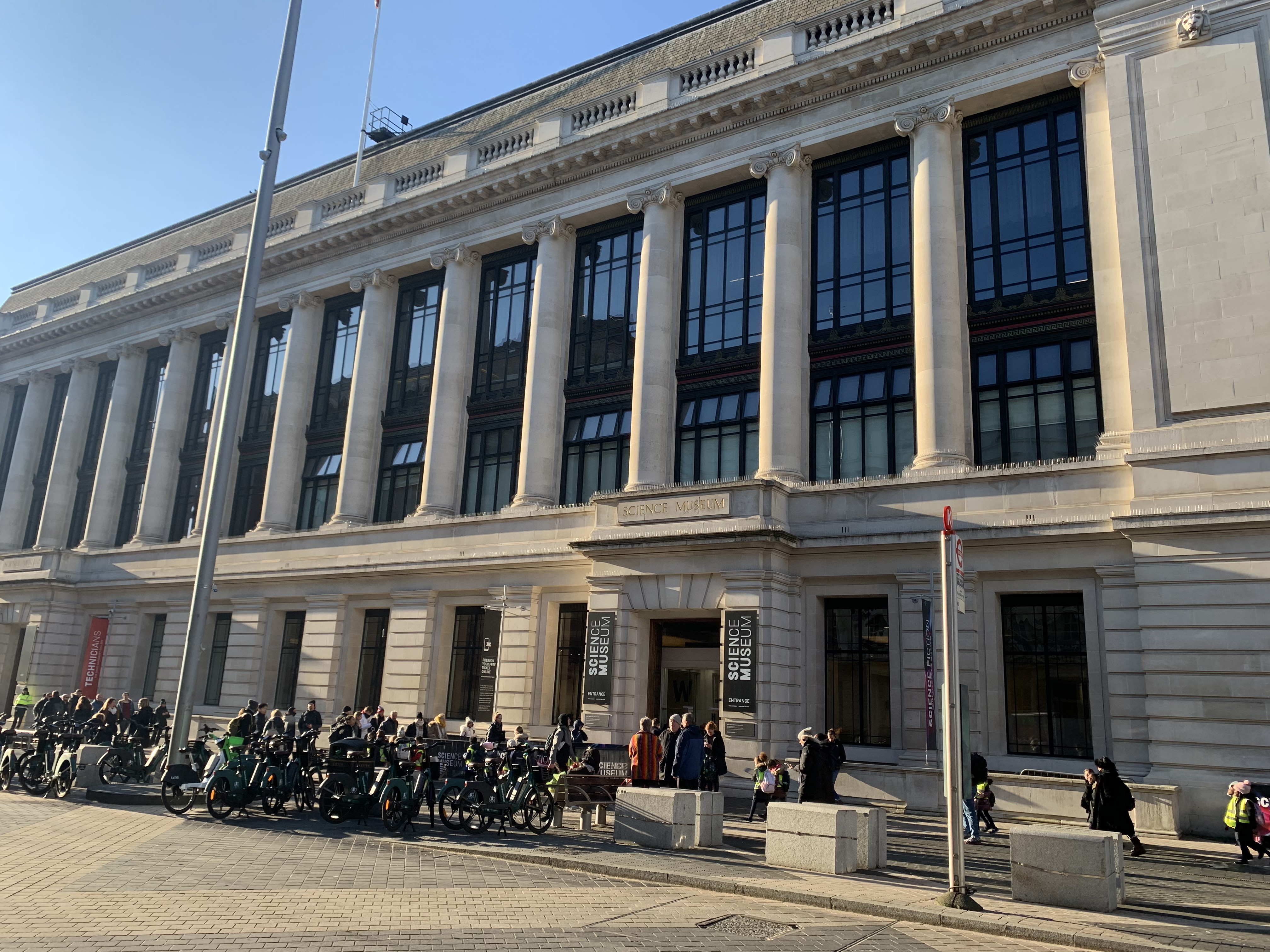
England, London
The Science Museum in London hosts one of the world’s largest medical collections, born from Sir Henry Wellcome’s vision to preserve the history of healing through objects. The modern Wellcome Galleries display over 3,000 items—from Fleming’s penicillin mould and the first MRI scanner to early prosthetics and surgical robots. Blending science, history, and ethics, the galleries engage millions of visitors yearly, while the digital catalogue and ongoing acquisitions ensure global educational and research impact.
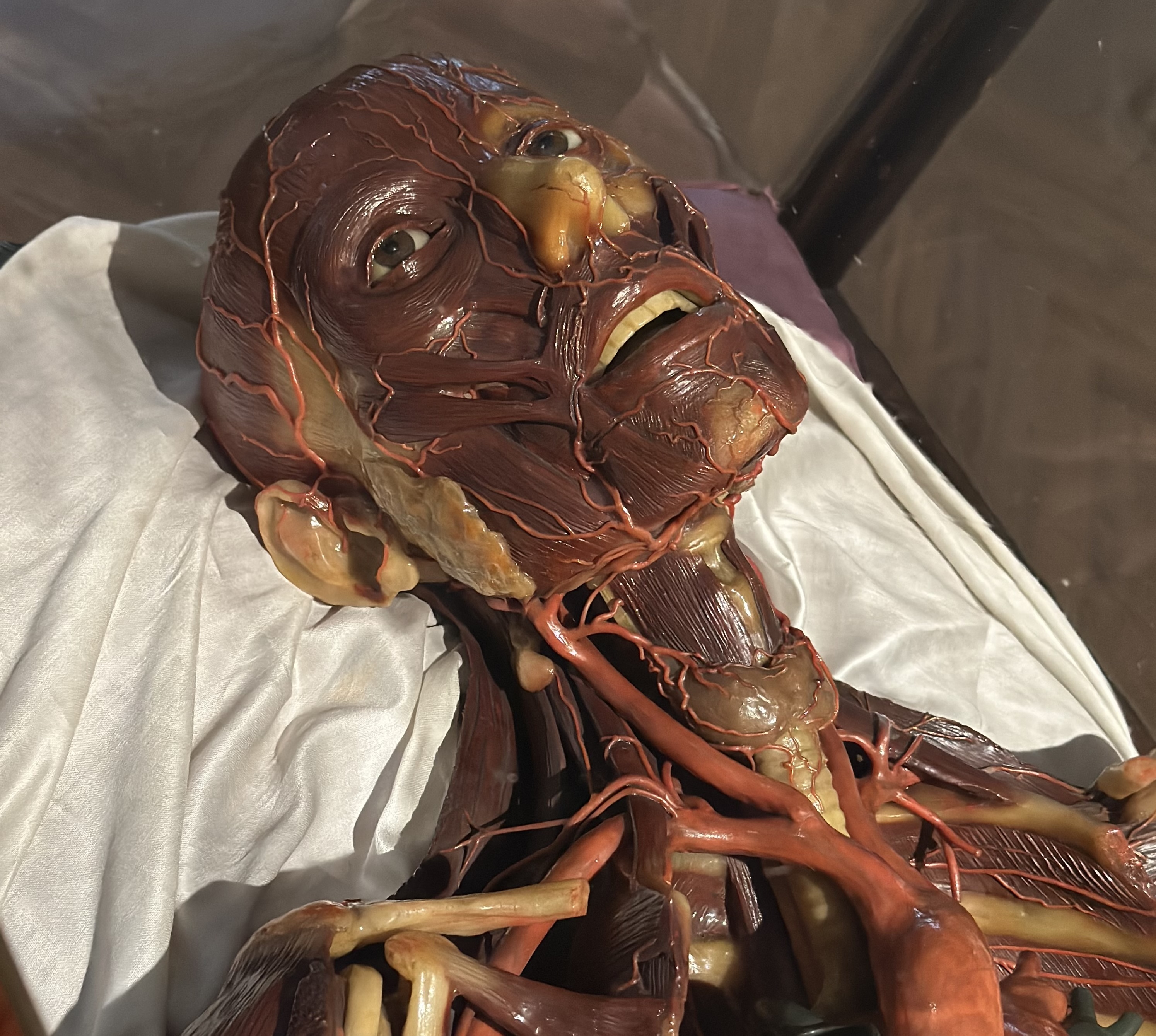
Austria, Vienna
The Josephinum in Vienna is a renowned medical history museum situated in the historical building of the Medical-Surgical Joseph's Academy established in 1785 under Joseph II, Holy Roman Emperor. Today, the museum houses the collections of the Medical University of Vienna, celebrated for its one of the world's largest anatomical wax models collection, which were crafted between 1784 and 1786 by Florence masters including renowned Clemente Susini. These models provide detailed insights into human anatomy and have been pivotal in medical education. After comprehensive renovations, the Josephinum reopened its doors in September 2022, offering visitors a blend of historical artifacts and modern exhibitions that chronicle over 650 years of medical history.
Articles

Wax anatomical models designed to train physicians and educate the public were once innovative educational teaching aids. Some world-class museums including La Specola in Pisa, Josephinum in Vienna, Palazzo Poggi in Bologna, Science Museum in London, Semmelweis Museum in Budapest, Muséum national d'Histoire naturelle in Paris are proud of their collections. This amazing craft, combining art and science, anatomy and chemistry, practical skill and theoretical knowledge, which stood at the forefront of innovation in the 17th and 18th centuries, originated and flourished in Northern Italy